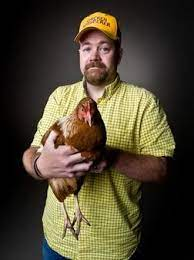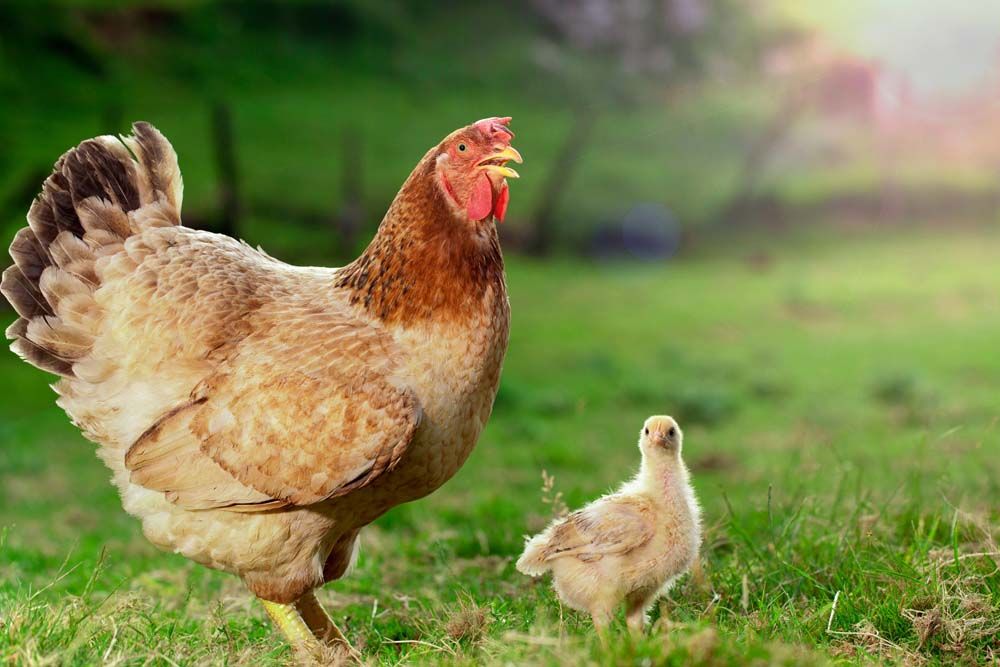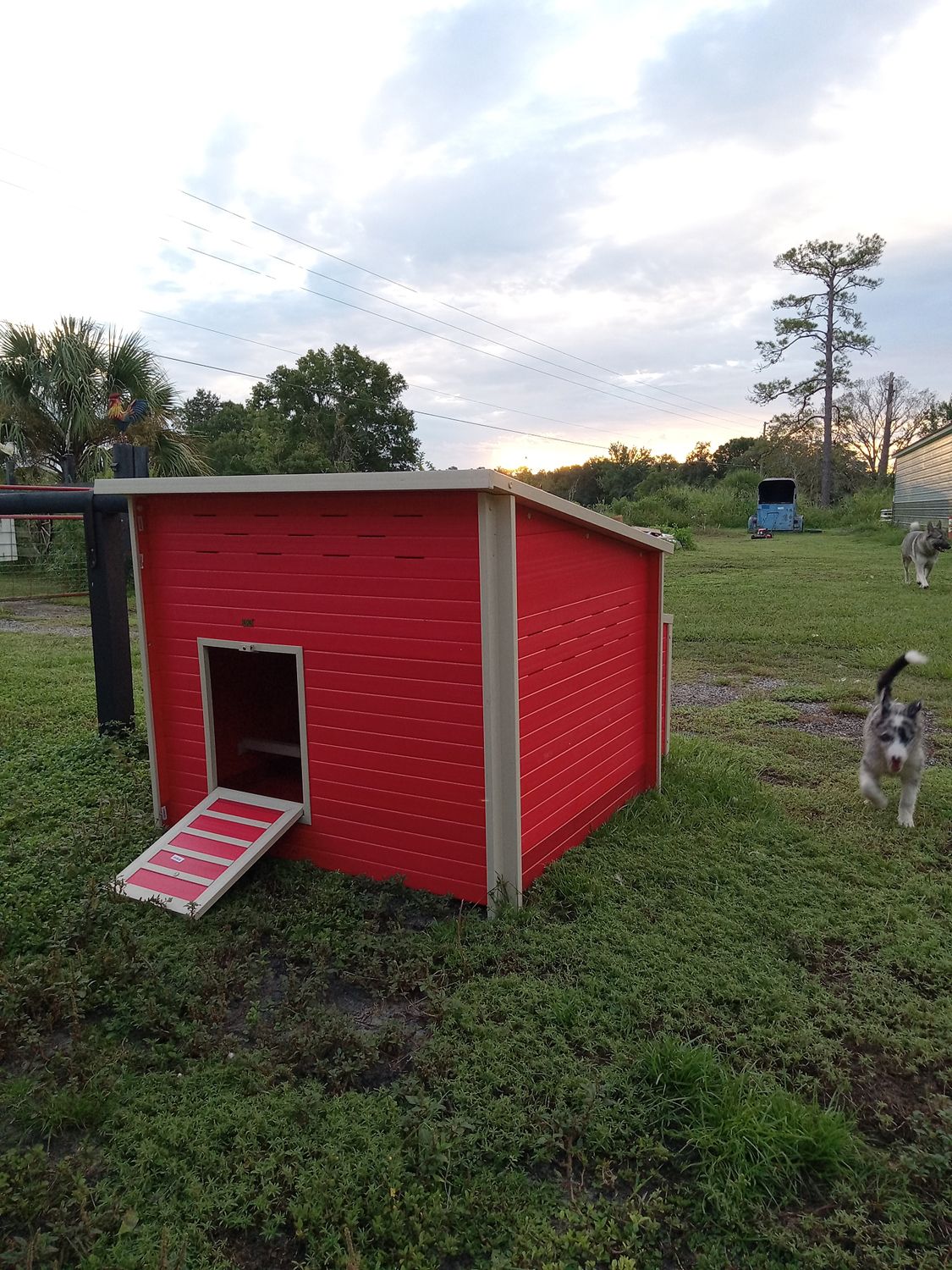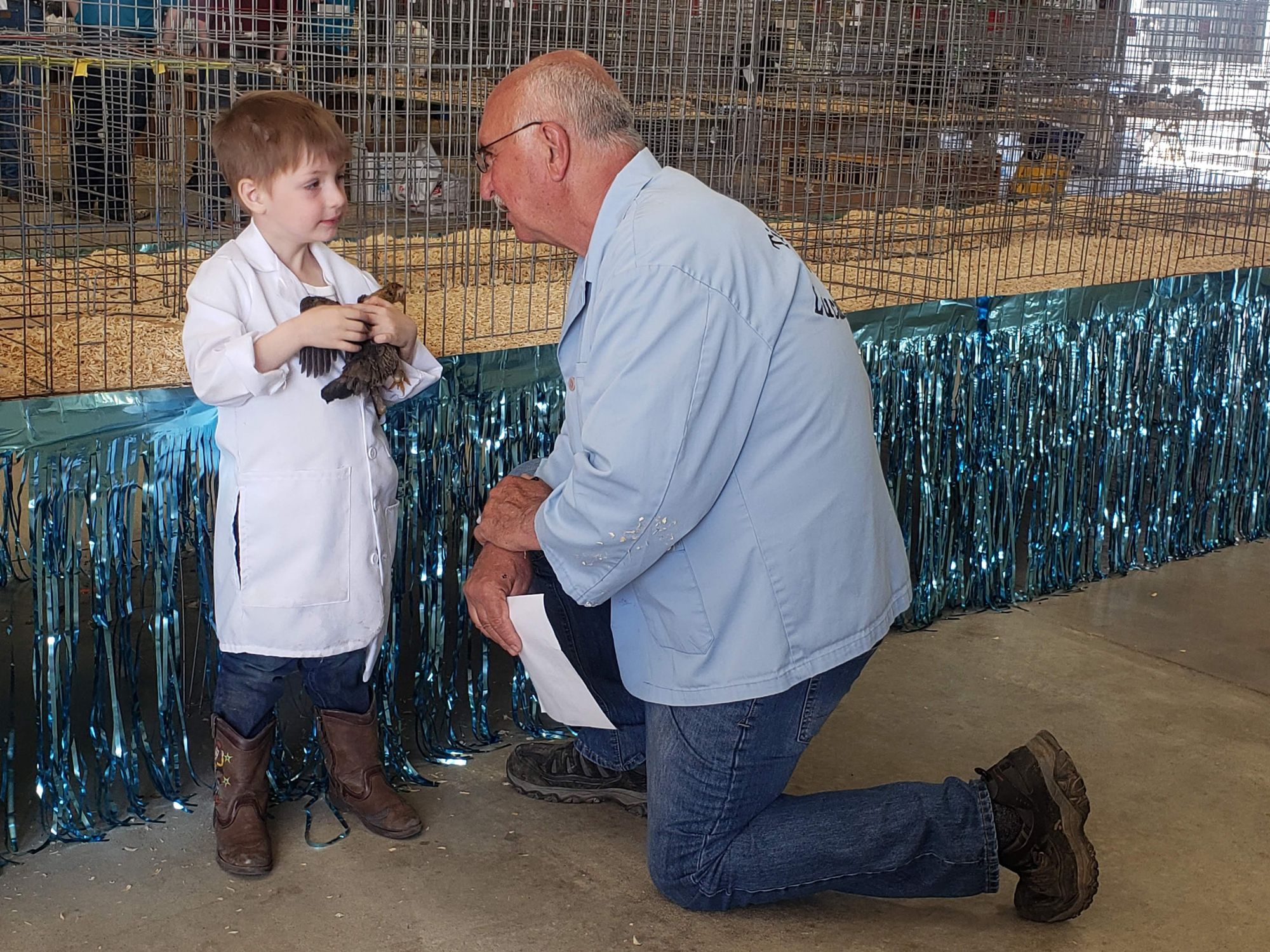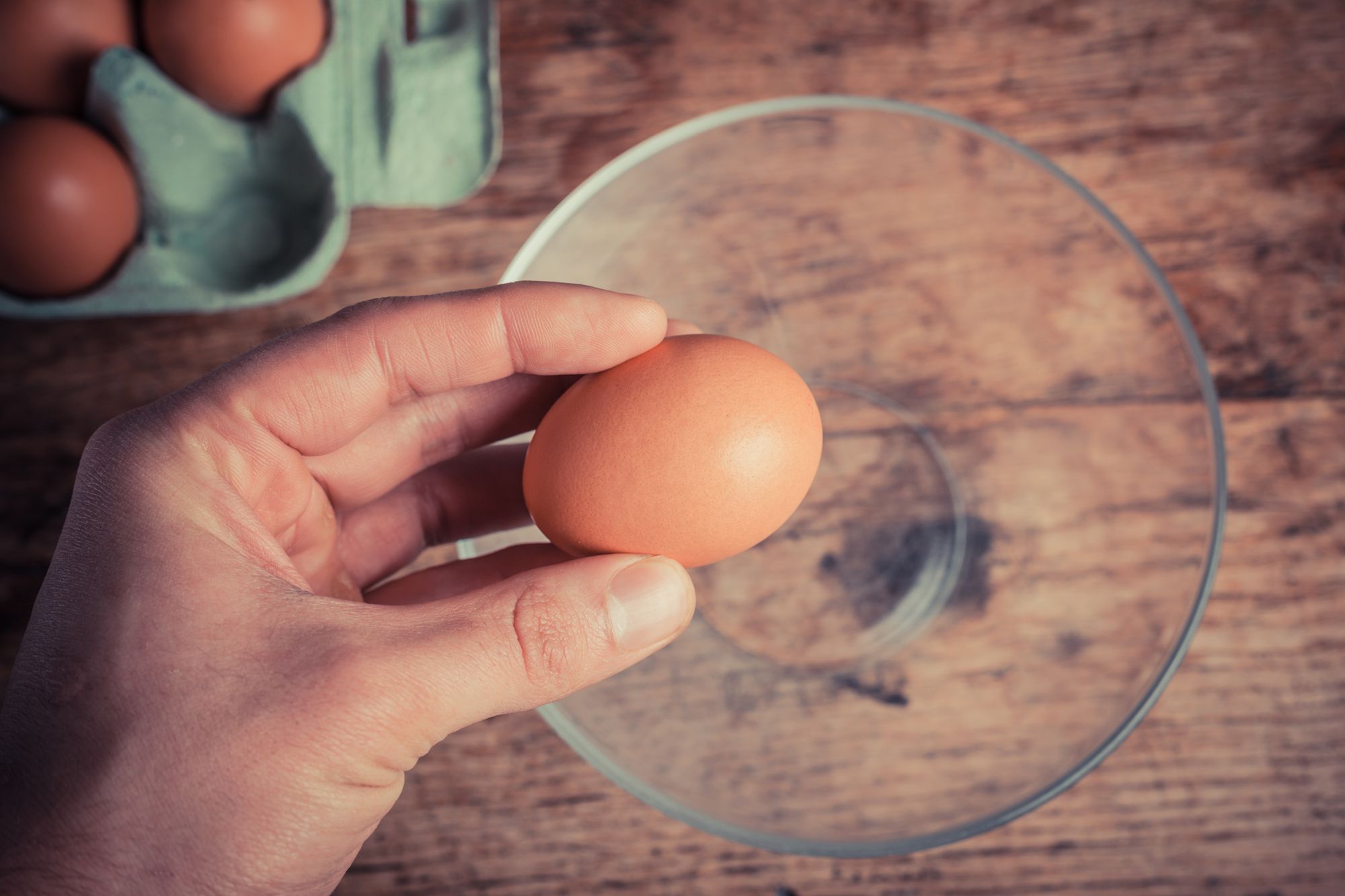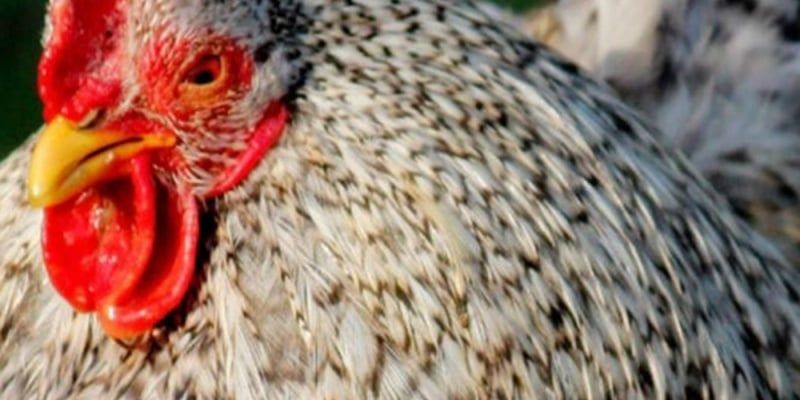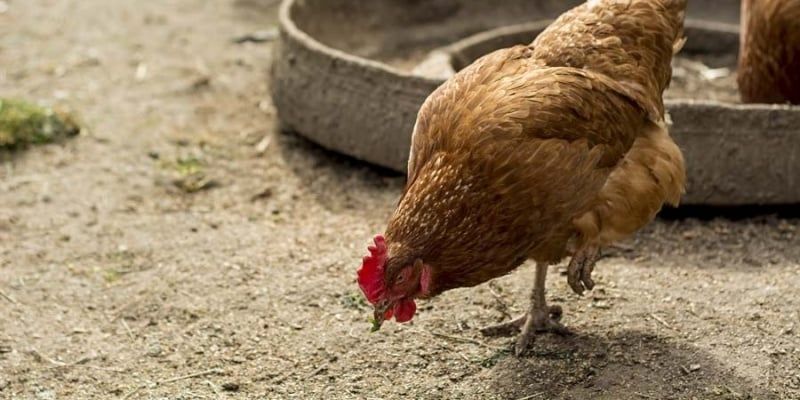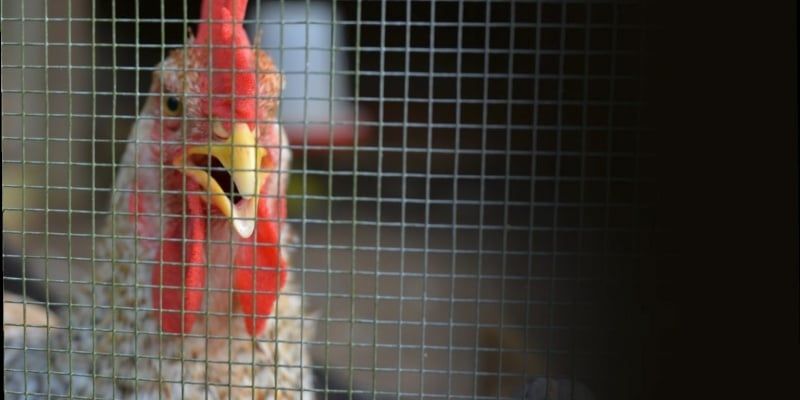Lights in the Winter: An Illuminating Subject!


There are many myths circulating across the internet, and through personal conversations among flock owners, about using lights in the coop during the winter. Myth #1: The light hurts the chickens. Myth #2: The chickens don’t sleep as well as they should. Myth #3: The light makes them eat more.
We will tackle each of those myths in just a moment, but first, let’s talk about what the light actually does to the hen.
Light’s Egg-cellent Effect
All birds are affected by light as it related to their reproductive tracts. As you know, in the spring daylengths increase gradually until the middle of the summer when we have the longest day of the year (summer solstice). Then, after the summer solstice, the daylengths gradually decrease until the shortest day of the year (winter solstice). If a bird detects a decreasing daylength, then the reproductive tract will regress. This is why many older hens stop laying in the winter.
Technically, the egg-laying activity of a chicken is in reaction to the length of dark in a 24 hour cycle, however, you the owner are much more able to control the amount of light you provide and so we will be discussing changes to the coop from the daylength point of view. For your laying hens, when the number of hours of light (daylength) reaches 11-12 hours, the reproductive tract begins to grow in preparation for producing eggs. The optimum daylength for maximum egg production is 14 hours of light. You can control the laying cycle of your hens by providing light to your hens during winter. Many young hens will lay acceptably through the winter of their first year unless the weather turns very, very cold for a long time. However, in their second winter, and the winters that follow, you will likely see that your hens will stop laying.
Paying the Light Bill
If you keep chickens for the eggs that they provide, then you may wish for them to lay through the winter. But what about the power bill? Sure it will go up, but why not let someone else foot much of the bill…say…Mother Nature. She provides light for several hours of the day and you need only turn on your lights after she begins to turn down hers. You can count on 8 hours of light in the winter months from Mother Nature, then you will need to turn on your lights for the remaining period of time. So for 14 hours of light, you will only need to pay for the additional 6 hours that you keep the lights on in the coop.
When to Add Light
You can do it all in one stretch or you can break it up around dawn and twilight. What do I mean? Well, you can have the lights turn on at 5:30 am and turn off at 8:30 am when Mother Nature provides enough bright light to have an effect on the birds. Then again in the afternoon, when twilight arrives at about 5:30 or 6 pm you can turn on your lights for 3 hours until 8:30 or 9 pm. Alternately, you can let Mother Nature have her natural sunrise at 8:30 am, but you can leave the lights on for an additional 6 hours after twilight. That means the light in the coop turns off at about 11:30 pm.
How to Add Light
It is all well and good that you want to add light, but unless you are going to be very consistent, then you may want to consider adding a little help to ensure that your program is a success. It does not take much to ensure that the light you provide is consistent. There are timers that you can get for turning on the lights at home when you leave on vacation. One of these very same devices can be used to switch on a light inside the coop. These programmable timers can easily be located an hardware or big box stores and will run you $5-$20 depending on the number of plugs and if it is for indoor or outdoor use. If you need to run an extension cord to the coop, then you may need to consider a plug-in timer that is for outdoor use.
How Much Light?
Foot candles are a measure of light intensity. It does not take much light to get a chicken to lay. You can easily achieve 1 foot candle of light, but you will need a minimum of ½ a foot candle. How do you measure the light intensity in your coop? To determine if you have at least 1 foot candle of light, take a regular newspaper into the coop with you along with a 12 inch ruler. Place the newspaper 12 inches from the end of your nose and then read the writing on the newspaper. Dim the lights until you can just barely read the newspaper. Once you have dimmed the light to the point that you can no longer read the writing, then you have gone below 1 foot candle of light. To be sure that you have not gone below ½ foot candle of light, move the newspaper closer to your nose (6 inches to be exact) and make sure you can still read the writing.
Since it is more than likely that our readers will not be keeping strictly Single Comb White Leghorns in their flocks, then it is more than likely that you will need a little more light intensity. For breeding birds, such as broiler breeders, you will need 2-5 foot candles. So it is reasonable to expect that your chickens will do fine with more than 1 foot candle of light. It is recommended that 1 foot candle be used because of potential shadows that exist within your coop. You need to do your best to remove material that can create large shadows which may create dark zones within your coop. Make your intensity measurements where the chickens are located, which means you will be sitting on the floor of the coop.
Choosing Bulbs
There are many options available for use in the coop from incandescent bulb to LED lights. A 40 watt bulb can do the trick but you may be able to get away with a 25 watt bulb depending on the size of your coop. There is no reason to avoid using the latest in bulb technology so feel free to seek out CFL or LED lights. Just be aware that LED lights do lose their intensity over time and so several years down the road may need to be replaced before they actually burn-out. You can even invest in a dimmer switch or a plug-in dimmer ($10-20), but be sure to use a bulb that is labeled as dimmable. If you use the wrong type of bulb, then you can actually increase the risk of fire in the coop.
Some flock owners choose to heat their coops with heat lamps in the winter. This is fine, and you will likely get the added bonus of eggs through winter. However, by heating the coop with a heat lamp, you may wish to use a bit more strategy to help avoiding the photorefractory response. Birds remain responsive to light for only so long before they stop laying which is called photorefractoriness. This is a time-out that the hen takes and may also line up with when she molts, however it is preferable that a molt not occur in the middle of winter. Hens stop laying when they are in a photorefractory state, but this does not mean that they will never again lay.
To avoid a photorefractory response, you put your heat lamp on a timer. The coldest part of the night is around 4 am, so if your timer turns on the light at that time, you can provide heat just when it is the coldest in the coop. You then can adjust your timer so that the heat lamp turns off when the sun comes up. However, if you live in region where your winters yield freezing temperatures even during the day, then you may wish to consider an alternative to a heat lamp such as an infrared heater so that you do not cause your flock to become photorefractory.
Myth #1: The Light Hurts the Chickens
As we have described in this article, light does not harm the chickens. It is an accepted and necessary part of a chicken’s life. Chickens live through the longest day of the year just fine. By providing light through the winter, you are simply replicating the longer days of summer. Chickens do just fine with more of these summer-length days. You can then allow your chickens a break from the light during the spring or summer when it is warm enough for them to molt their feathers. It is not unusual for a chicken to lay for a year or more before they have their first molt. For your older hens, you can expect them to molt once a year.
Myth #2: The Chickens Don’t Sleep as Well as They Should
This tends to be a problem for flock owners who heat the coop with heat lamps. This can also be an especially noisy proposition for you if you maintain a rooster with your hens. They can crow throughout the night at the slightest noise if there is a light on inside the coop. If you switch to an infrared heating system, you can avoid photorefractoriness and, quite often, roosters crowing throughout the night.
Myth #3: The light makes them eat more
Well, this may actually be true in part. If a chicken is laying eggs, she is going to need to eat more to accommodate the production of the egg. However, since it is wintertime, the chicken requires more energy to keep warm and will increase her feed intake to stay warm. So yes, if you put lights on your chickens in the coop in winter, then they will eat more in order to produce eggs, but they also will eat more in the winter to meet their energy requirements.
Myth #4: By adding light in the winter, it will make my hens run out of eggs sooner.
As soon as a female chick hatches from an egg, she carries a potential for laying approximately 14,000 eggs. That means she has about14,000 ova in her ovary. That means that if you had a hen lay 1 egg every day of her life, she would lay for over 38 years. We all know that chickens do not live that long. The average chicken lays about 250-300 eggs in a year depending on the breed or strain, her age, and your management efficiency. So the concern that providing a light so that a hen will lay throughout winter will cause her to run out of eggs is unfounded.
Tags:Plain Talk

Chicken Whisperer is part of the Catalyst Communications Network publication family.

